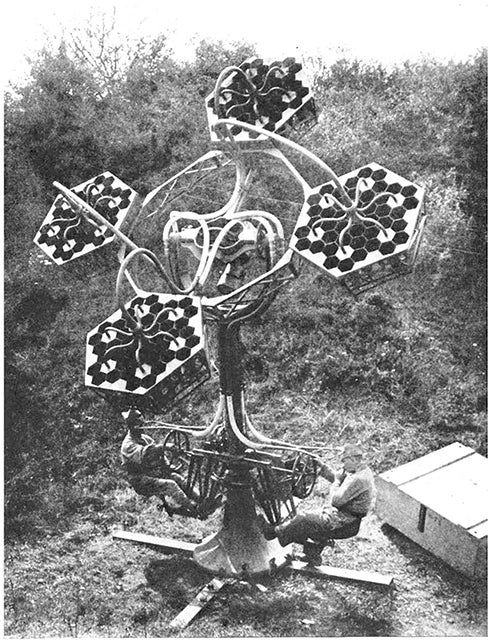This article was published in Scientific American’s former blog network and reflects the views of the author, not necessarily those of Scientific American
Reported in Scientific American, this Week in World War I: October 30, 1915
After more than a year of the Great War, aerial raids had evolved:
“No longer do German airships undertake raids over the territories of their western adversaries during daytime and in clear weather. The dirigible pilots know too well the vulnerability of their huge craft to the hurricane of fire from thousands of anti-aircraft guns that dot France from the wavy western battle line to Paris, as well as those that guard the coasts and interior points of England. And the danger to them is not confined to anti-aircraft guns, for there are the squadrons of fast, heavily-armed battle-aeroplanes to contend with, which rise in virtual swarms to give battle to the more cumbersome air-cruiser.”
On supporting science journalism
If you're enjoying this article, consider supporting our award-winning journalism by subscribing. By purchasing a subscription you are helping to ensure the future of impactful stories about the discoveries and ideas shaping our world today.
The “hurricane of fire” and swarms of “fast, heavily armed” airplanes sound impressively dangerous. But when Zeppelins used the cover of darkness and high altitude for their depredations, it was exceedingly difficult for defending fighters to climb to that altitude, find the raiders, and attack them. Luckily the defenders’ inefficiency was matched by the attackers’ ineptitude: it was just as hard trying to find a target to bomb while blundering around in the dark. Nevertheless, technology was being enlisted to provide any kind of advantage:
“The anti-aircraft defenders of Paris have devised an ingenious airship detector which they call a poste d'ecoute, or listening station. It is in the form of four huge horns or reversed megaphones so mounted as to swing on a pivot to any point of the compass. The horns all point in the same direction and because of their huge size are capable of gathering the slightest sounds. These are then magnified by means of microphones. An operator, swinging the horns in all directions and listening carefully to the sounds gathered by the device, can detect the presence of an airship at a considerable distance away, even if it be high in the air and behind dense cloud banks.”
The article also mentions a well-known inventor who was tasked with improving air defenses for London:
“Dr. Lee De Forest, perhaps best known as the inventor of the audion wireless detector, the audion amplifier and the audion high frequency generator, left New York for England on the mission of installing au airship detector system for the protection of London against Zeppelin raids. As far as can be learned at the present moment, the De Forest system makes use of a number of microphones placed in a geometrical figure on the ground.”
There is no question the French device was useful: devices just like it were used well into World War Two by all nations at risk of air attack, before effective radar finally made them obsolete. But it is sometimes difficult to differentiate between technology that truly works and gizmos that just provide a “fig leaf” to boost the confidence and morale of the defenders.

A more sophisticated listening device from 1930: much work had been accomplished in the intervening 15 years to create more sophisticated systems with multiple components.
Image: Scientific American, December 1930
The second photograph is of another French listening device from 1930. This version benefitted from 15 years of electronics and acoustics research (it claimed a range of 20 miles). More important, the system around it had evolved: it would have been interlinked with an optical rangefinder, a mechanical fire-control calculating machine, and several quick-firing guns. Although aircraft speeds in 1930 were well above those of 1915, the later setup had all the hallmarks of a more useful air-defense system.
-
Our full archive of the war, called Scientific American Chronicles: World War I, has many articles from 1914–1918 on naval forces in the First World War. It is available for purchase at www.scientificamerican.com/products/world-war-i/